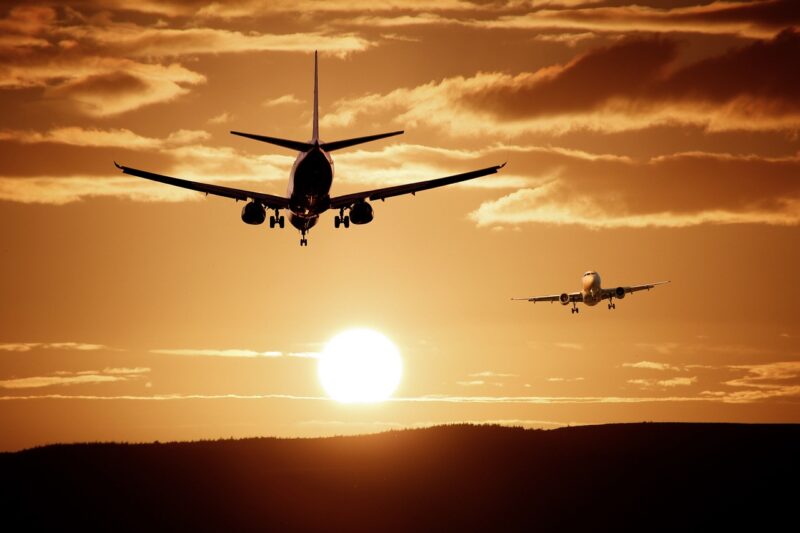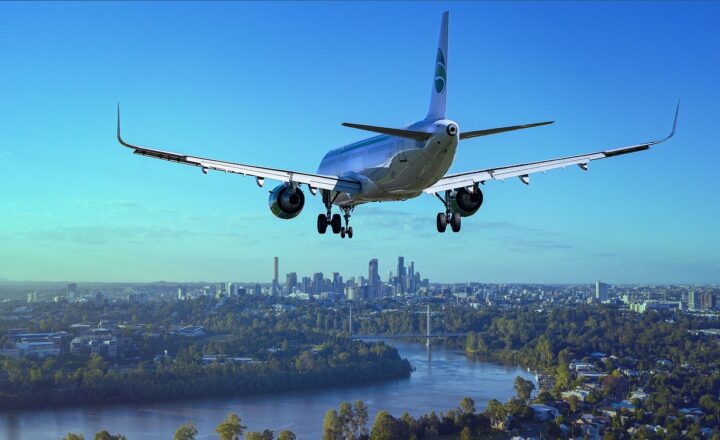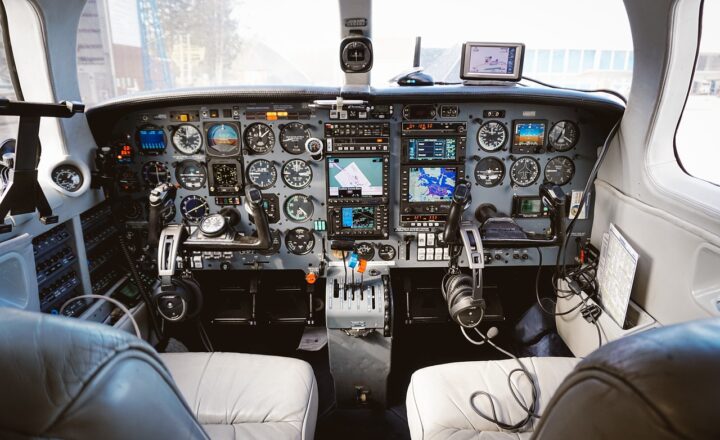The Untold History of Aviation Pioneers Who Shaped Modern Air Travel
November 12, 2024

Aviation, one of humanity’s crowning achievements, transformed the world into a global community, enabling travel that once seemed impossible. Yet, behind this remarkable progress lies a rich tapestry of stories filled with invention, adventure, and, most importantly, an array of significant figures who dared to dream beyond the horizon. In this article, we delve into the untold history of aviation pioneers who laid the groundwork for modern air travel, exploring their contributions, challenges, and the legacies they left behind.
1. The Early Days of Flight: Dreamers and Innovators
The quest for flight began long before the Wright brothers’ first successful powered flight in 1903. Visionaries like Sir George Cayley, who conceptualized the modern airplane in the early 1800s, provided the foundational ideas that led to the development of heavier-than-air flight.
Cayley, often referred to as the “Father of Aviation,” constructed the first practical flying machine model—an unmanned glider capable of carrying a person. His work inspired future aviation thinkers, making him a pivotal figure in the quest for human flight.
Following Cayley, Otto Lilienthal, a German aviation pioneer, pushed the boundaries further through extensive gliding experiments in the late 19th century. Lilienthal’s soaring flights demonstrated the principles of lift and control, giving the world a glimpse of what powered flight could achieve. His tragic death during a flight mishap in 1896 marked a turning point, underscoring the risks involved in defining the future of travel.
2. The Wright Brothers: The First Flyers
The Wright brothers, Orville and Wilbur, are frequently celebrated as the fathers of modern aviation. Their systematic approach to flight research, including the development of the wind tunnel and a focus on controllable flight, paved the way for their momentous achievement on December 17, 1903, when they achieved sustained powered flight in Kitty Hawk, North Carolina.
Their groundbreaking aircraft, the Wright Flyer, covered 120 feet in 12 seconds, marking the beginning of a new era in human transportation. The following years saw the Wrights refine their designs, culminating in the development of the Wright Model A and the 1909 Military Flyer, which laid the groundwork for military aviation.
Yet, their formula for success wasn’t just about innovation. The Wrights faced significant skepticism and competition, battling with contemporaries like Glenn Curtiss, who styled himself as an aviation pioneer in his own right—leading to a fierce legal battle over patent rights that shaped the future landscape of aviation technology.
3. Aviation Women Who Were Ahead of Their Time
While history often focuses on male contributions, women have played a crucial role in aviation from its earliest days. Amelia Earhart stands out as one of the most famous female aviators, but her story represents just the beginning of women’s significant impact on aviation.
Earhart became the first woman to fly solo across the Atlantic Ocean in 1932, earning her the respect and admiration of many. Her efforts went beyond her flights; she was a tireless advocate for women in aviation and inspired countless female pilots.
Another remarkable figure is Bessie Coleman, the first African American woman to earn a pilot’s license in 1921. Denied entry into American flight schools because of her race and gender, Coleman traveled to France to achieve her goals. Her accomplishments not only broke barriers in aviation but also provided representation for African Americans in a predominantly white field.
Women like Earhart and Coleman expanded the horizons of flight with their determination and spirit, proving that the sky was indeed the limit.
4. The Golden Age of Aviation: Transformation and Growth
The interwar years saw aviation transition from novelty to necessity, with aircraft design advancing remarkably. The late 1920s and 1930s, branded the Golden Age of Aviation, witnessed several significant developments. Charles Lindbergh’s solo transatlantic flight in 1927 not only brought instant fame but significantly increased public interest in air travel.
Following Lindbergh, the aviation industry burgeoned with commercial airlines emerging. The introduction of the Douglas DC-3 in the 1930s revolutionized air travel, making it comfortable and profitable and paving the way for passenger air travel as a common mode of transportation.
Parallel to these developments were notable figures like Howard Hughes, who not only pushed the boundaries of aircraft design but influenced the airline industry’s business aspect through his company, Trans World Airlines (TWA).
5. Innovation during War: Flight in the Military
World War I marked a pivotal moment in aviation history as military leaders recognized the strategic importance of aircraft for reconnaissance, bombing, and combat. Pioneers like Eddie Rickenbacker, a fighter ace during WWI, showcased the capacity of planes in warfare while also influencing aviation tactics.
World War II further accelerated the technology and global reach of aviation. Noteworthy designs such as the Boeing B-17 Flying Fortress and the P-51 Mustang underscored the role of aviation in modern warfare.
Figures like General Billy Mitchell championed the role of airpower, advocating for strategic bombing operations that would alter future military engagements. Your choice in design and tactics during this period influenced aviation development long after warfare ended.
6. The Jet Age and Beyond: Evolution of Flight
The post-war era, particularly the 1950s and 1960s, ushered in the Jet Age, transforming commercial air travel and making it accessible to the masses. Aviation pioneers worked tirelessly to refine jet technology, with figures like Frank Whittle, who researched and developed turbojet engines that allowed commercial jets to fly faster and higher than ever before.
The introduction of the Boeing 707 in 1958 revolutionized travel, connecting distant nations at unprecedented speeds and ushering in the concept of affordable global travel. As commercial aviation expanded, regulatory bodies and airline networks proliferated, increasing safety standards, establishing detailed protocols, and growing air traffic efficiently.
7. The Legacy of Aviation Pioneers Today
The impact of aviation pioneers is palpable in the modern aviation landscape. With increasing advancements in technology, sustainability, and efficiency, their courage and determination continue to inspire innovations. Contemporary figures like Elon Musk, Jeff Bezos, and Richard Branson are pushing the boundaries of space travel, honoring the legacy of those who dreamed of flying.
Additionally, the focus on aviation safety improvements, along with developments in electric planes and greener technologies, showcases how the pioneering spirit lives on.
As we soar into the future, we must acknowledge the contributions of those who came before us—acknowledging that every flight we take is built on the dreams, successes, failures, and relentless efforts of aviation pioneers.
Conclusion
The history of aviation is not merely about the machines or the flights; it embodies the spirit of innovation, perseverance, and adventure. As we explore the skies today, let us remember the untold stories of the pioneers who made it all possible and continue to inspire generations to pursue their dreams.
Through their trials and triumphs, aviation pioneers have ensured that the sky is not the limit, but merely the beginning of humanity’s exploration of the vast unknown above. The progress achieved in aviation serves as a testament to human ingenuity, daring spirit, and relentless pursuit of excellence.







